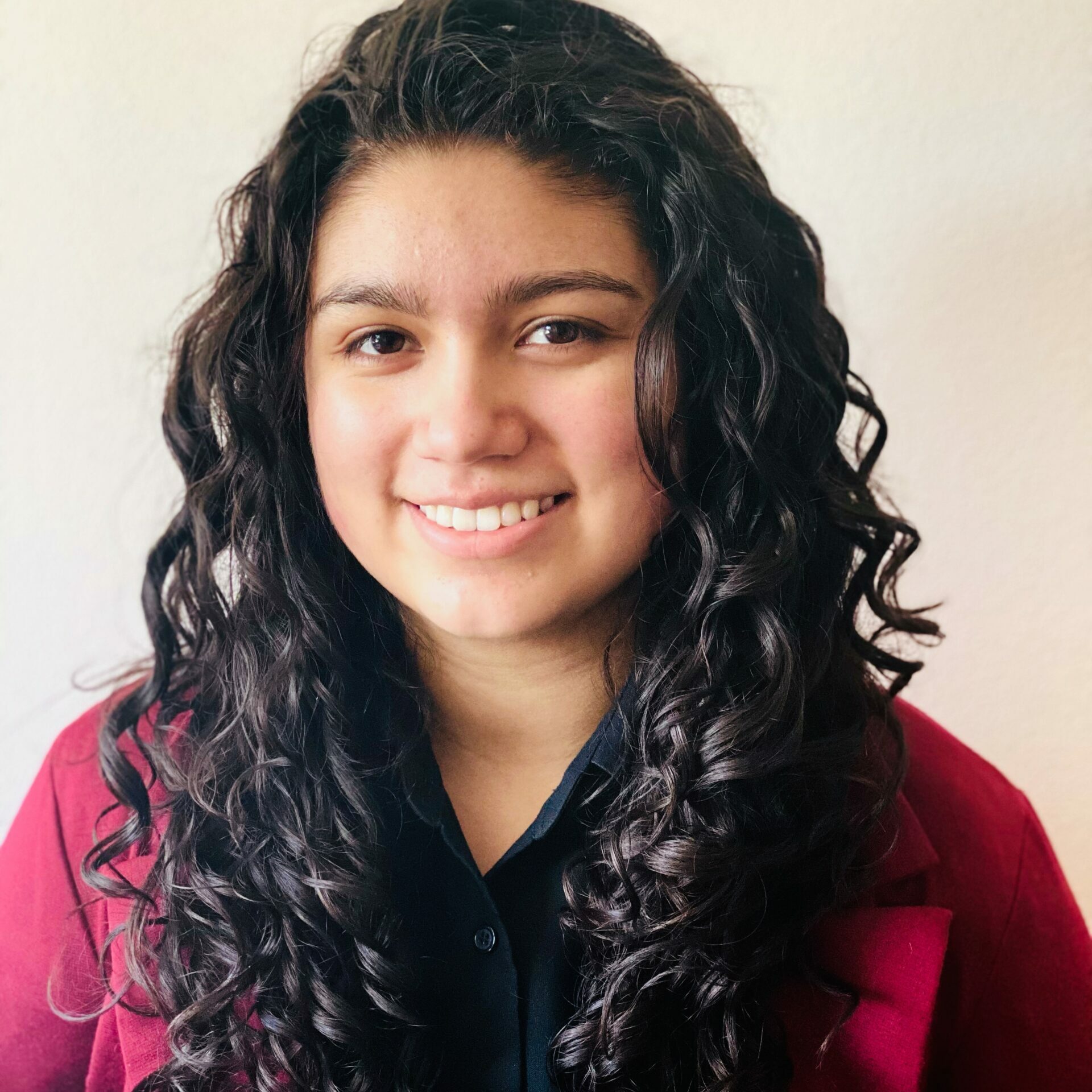 By Scott Blaesing, CPA, CFP Principal Cascade Wealth Advisors Inc.
By Scott Blaesing, CPA, CFP Principal Cascade Wealth Advisors Inc.
If you are age 70½ or older, IRS rules require you to take required minimum distributions (RMDs) each year from your tax-deferred retirement accounts. This additional taxable income may push you into a higher tax bracket and may also reduce your eligibility for certain tax credits and deductions. To eliminate or reduce the impact of RMD income, charitably inclined investors may want to consider making a qualified charitable distribution (QCD).
A QCD is a direct transfer of funds from an IRA custodian, payable to a qualified charity, as described in the QCD provision in the Internal Revenue Code. Amounts distributed as a QCD can be counted toward satisfying your RMD for the year, up to $100,000, and can also be excluded from your taxable income. This is not the case with a regular withdrawal from an IRA, even if you use the money to make a charitable contribution later.
If you take the RMD as income, instead of as a QCD, your RMD will count as taxable income. Having higher taxable income can directly impact your eligibility for certain deductions and credits. For example, your taxable income helps determine the amount of your Social Security benefits that are subject to taxes. Keeping your taxable income level lower may also help reduce your potential exposure to higher ordinary and capital gains income tax brackets, net investment income tax and Medicare surtax.
In my semi-annual tax and financial planning meetings with clients, I frequently hear that a priority is to decrease their annual tax burden. The reality is that their fixed sources of income from Social Security, pensions, investments and IRA distributions require them to recognize more income than they need to cover retirement living expenses. It’s great to be in this position, but tax inefficient and you lose control over where and how your assets are being used.
A question I ask a client under this scenario is “what are your annual giving goals and what is your required IRA distribution this year”? The question originates from the recent passage of the Protecting Americans from Tax Hikes (PATH) Act of 2015, the qualified charitable distribution (QCD) provision is now a permanent part of the Internal Revenue Code. With the 2018 tax law changes, there’s an additional question to consider: can you take advantage of the higher standard deduction at 70 ($13,850 for single filers, $27,000 if married and filing jointly) and receive a tax benefit for your charitable gifts? This means that if you claim the standard deduction, you won’t be allowed to itemize things like charitable donations. However, since QCDs are not deductible (because the distribution is not taxable), they can remain an option for your charitable giving, even if you claim the standard deduction in a given year.
Requirements in making a Qualified Charitable Distribution (QCD):
Eligible IRAs for QCDs—Traditional, Rollover, Inherited, SEP and SIMPLE (inactive plans only).
You must be 70½ or older to be eligible to make a QCD. New legislation may move the age to 72 for all RMDs.
QCDs are limited to the amount that would otherwise be taxed as ordinary income. This excludes non-deductible contributions.
The maximum annual amount that can qualify for a QCD is $100,000. This applies to the sum of QCDs made to one or more charities in a calendar year. (If, however, you file taxes jointly, your spouse can also make a QCD from his or her own IRA within the same tax year for up to $100,000.)
For a QCD to count towards your current year’s RMD, the funds must come out of your IRA by your RMD deadline, generally December 31.
Any amount donated above your RMD does not count toward satisfying a future year’s RMD.
Funds must be transferred directly from your IRA custodian to the qualified charity. This is accomplished by requesting your IRA custodian issue a check from your IRA payable to the charity.
A QCD is reported by your IRA custodian as a normal distribution on IRS Form 1099-R for any non-Inherited IRAs.
The charity must be a 501(c)(3) organization, eligible to receive tax-deductible contributions.
Some charities do not qualify for QCDs:
Private foundations.
Supporting organizations: i.e., charities carrying out exempt purposes by supporting other exempt organizations.
Donor-advised funds, which public charities manage on behalf of organizations, families, or individuals.
A general example of the QCD process each year is to determine how much of your IRA RMD you need for living expenses. Let’s say you have an RMD for 2019 of $20,000 and you need $10,000 for personal expenses. The other $10,000 can be distributed directly to the charities of your choice before year end. The $10,000 QCD will bypass the income portion on the front page of your tax return and won’t have to itemize if your standard deduction is higher. Depending on your tax bracket the tax savings will be an immediate 12-37% for most which means that your gift will have more impact versus giving the after-tax amount.
The process to establish QCD instructions through your IRA custodian isn’t difficult but due to the December 31st deadline you want to start the process before mid-November. The accumulation of work the yearend creates for advisors, custodians and charitable organizations makes it wise to start the process earlier. Each distribution to a qualified charity will need a separate signed distribution form. The form can be a one-time or annual recurring distribution designation.
If this is your first time giving using a QCD method I would advise meeting with your tax and financial advisor to discuss a giving plan for the next 3-5 years. Depending on your philanthropic goals and types of organizations you want to support your trusted advisors can recommend how to efficiently transfer assets to minimize tax and increase cashflow to the recipient.
Subscribe to the CFNCW e-newsletter for donor news, scholarship opportunities, and good work being done in the community.
$0 M
ASSETS UNDER MANAGEMENT$0 M
GRANTS & SCHOLARSHIPS AWARDED0+
CHARITABLE FUNDSFOUNDATION FACTS






